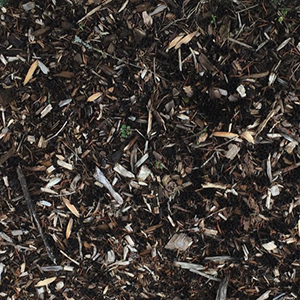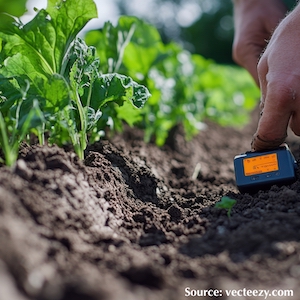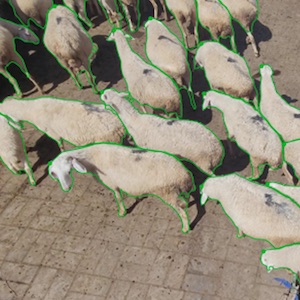Influence of the initial setting of cement on the shear strength of rice husk ash stabilised soil

All claims expressed in this article are solely those of the authors and do not necessarily represent those of their affiliated organizations, or those of the publisher, the editors and the reviewers. Any product that may be evaluated in this article or claim that may be made by its manufacturer is not guaranteed or endorsed by the publisher.
Accepted: 22 July 2022
Authors
Determination of soil shear strength is essential for engineering construction. Using rice husk ash (RHA) with cement in the soil is a potential ground improvement technique that can reduce environmental problems and construction budget. In the present study, ten combinations of soil-RHA-cement were investigated to understand the effects of RHA with cement on the shear strength parameters of the soil. The admixtures were prepared by taking soil with 5%, 10%, 15% RHA, and 2%, 4%, and 6% cement. All specimens of soil-RHA-cement were tested after the initial setting of cement. The direct shear test was set up to compare different soil-RHA-cement mixtures under three normal stresses of 40, 60, and 80 kPa. The test results showed the difference in each mixture’s shear stress-shear displacement relationship, shear displacement- vertical displacement relationship, shear stress-normal stress relationship, shear strength, cohesion, and internal friction angle. According to the findings, shear strength improved as the cement ratio increased for the same amount of RHA in the soil, while dilatancy reduced compared to untreated soil. All soil-RHA-cement combinations had a stronger cohesiveness than untreated soil, but the angle of internal friction was lower. Under normal stress of 80 kPa, the soil with 5% RHA and 6% cement combination had the highest shear strength, corresponding to 62.9 kPa, and can be suggested for ground development.
How to Cite

This work is licensed under a Creative Commons Attribution-NonCommercial 4.0 International License.










